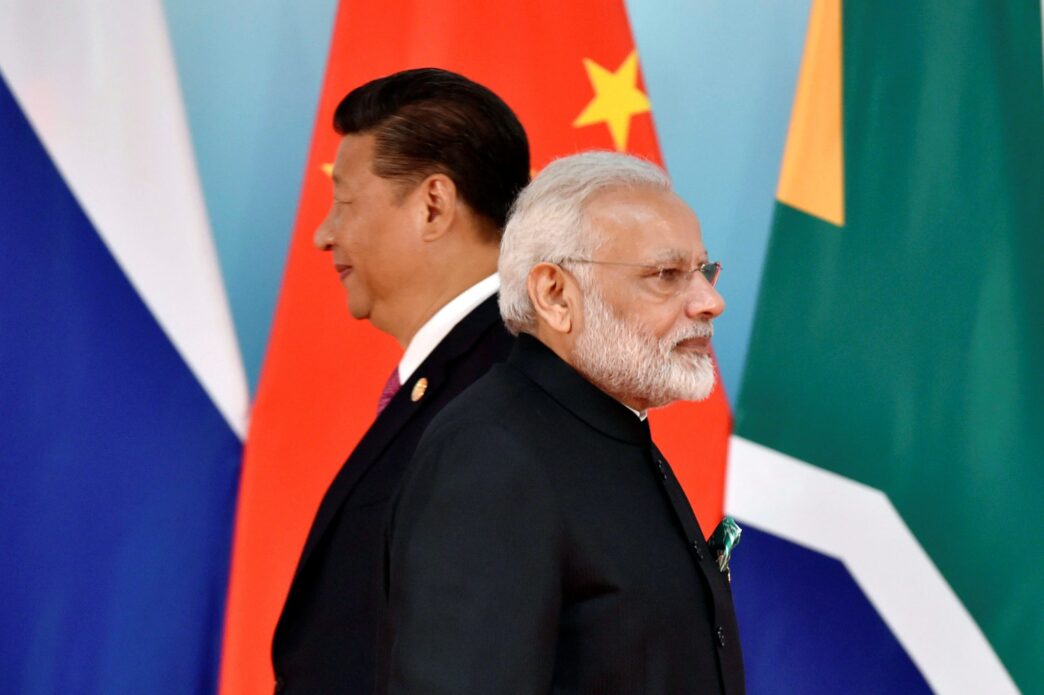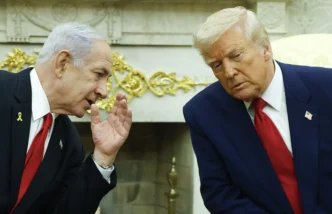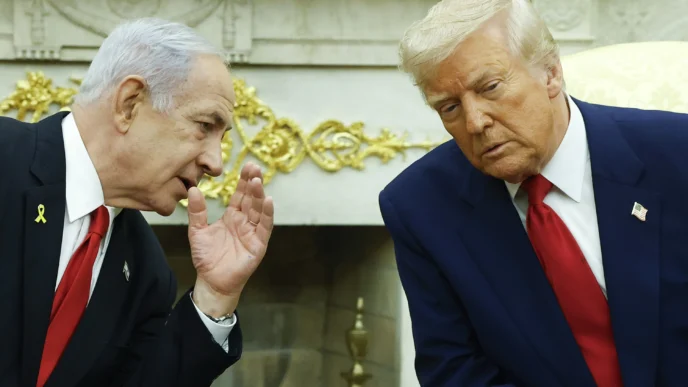The delicate and often tense relationship between India and China appears to be entering a period of cautious thaw, and global investors are watching closely. While the two Asian giants remain locked in complex disputes over borders, trade, and geopolitics, recent signs of rapprochement are stirring optimism that a more cooperative era could be emerging. For markets, this shift could translate into significant opportunities across industries in both countries.
A Fragile Reset in Relations
For years, India and China have navigated a strained relationship, marked by border clashes in the Himalayas, trade restrictions, and diverging strategic alliances. However, with both economies under pressure — India balancing its rapid growth with inflationary concerns, and China wrestling with slowing momentum and a troubled property sector — the appetite for pragmatic cooperation has grown.
Diplomatic gestures, expanded business dialogues, and renewed engagement in regional forums suggest a willingness to cool tensions. While no one expects the rivalry to vanish, investors see potential in areas where economic pragmatism outweighs political friction.
Where Investors Are Looking for Gains
- Technology Supply Chains
India’s ambition to become a global electronics manufacturing hub dovetails with China’s need to diversify and secure markets. Partnerships between Indian assemblers and Chinese component makers could fuel growth in semiconductors, smartphones, and consumer electronics. Investors are eyeing Indian firms with ties to these ecosystems, as well as Chinese suppliers eager to tap India’s expanding base. - Renewable Energy and Infrastructure
Both nations have pledged to accelerate green energy adoption. Indian solar and wind projects, potentially supported by Chinese equipment and investment, could become a hotspot for capital flows. At the same time, infrastructure companies on both sides may benefit from cross-border financing arrangements and reduced barriers. - Consumer Markets
With nearly 3 billion people between them, India and China represent the largest consumer base in the world. Indian retail firms, Chinese e-commerce platforms, and logistics providers are well positioned to thrive if trade channels are eased. Investors are already tracking companies targeting cross-border digital payments and online retail expansion. - Pharmaceuticals and Healthcare
The pandemic revealed the interdependence of supply chains for medicines and healthcare products. Indian generics producers and Chinese biotech firms could benefit from joint ventures and research partnerships, particularly as both nations seek to strengthen health resilience. - Financial Services
Banks and asset managers in both countries could see greater activity if investment flows reopen. Joint funds, cross-listings, and easier access for institutional investors could unlock significant gains, particularly in frontier sectors like fintech.
Risks Remain High
Despite these potential opportunities, risks are far from negligible. Geopolitical flashpoints remain unresolved, and any border incident could quickly sour sentiment. Nationalist politics in both capitals add unpredictability, as do concerns over regulatory crackdowns, capital controls, and opaque corporate governance.
Investors also recognize the strategic rivalry will continue, particularly in defense, technology sovereignty, and global influence. That makes it unlikely that ties will normalize fully, and volatility is expected to remain a defining feature of India-China relations.
Why the Investment Case Still Matters
For investors, the thaw represents less of a guarantee and more of an opening. The pragmatic convergence of interests— India’s need for growth capital and supply chain expertise, and China’s need for stable markets and partners — creates a window where companies with the right positioning could thrive.
Global funds are particularly interested in identifying “dual beneficiaries”: firms in India and China that gain from mutual engagement, while remaining resilient in the face of potential setbacks.
The Bigger Picture
The world’s two most populous nations are bound to compete, but economic realities demand cooperation. For investors willing to navigate uncertainty, the warming signals in India-China relations suggest a chance to ride early momentum in sectors that could define the next decade of Asian growth.
The real winners may not just be companies, but also global investors capable of reading between the geopolitical lines and acting before sentiment shifts again.















